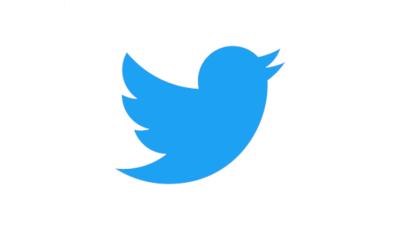
Twitter calls for public feedback to shape its new approach to verification
Three years ago, Twitter paused its public verification program after hearing feedback that it felt arbitrary and confusing to many people. A year later, it deprioritized this work further to focus on protecting the integrity of the public conversation around critical moments like the 2020 US election. Since then, the company hasn’t been clear about who can become verified and when, why an account might be unverified, or what it means to be verified.
Today, Twitter is sharing the start of its plans to revamp how people can identify themselves on the platform, starting with verification and asking the public to share feedback on a draft of its new verification policy. Calling for public feedback has become an important part of its policy development process because the company wants to ensure that, as an open service, its rules reflect the voices of the people who use Twitter.
Building Twitter’s verification policy
Twitter is planning to relaunch public applications for verification in 2021, but first, it needs to update its verification policy with the help of the public. This policy will lay the foundation for future improvements by defining what verification means, who is eligible for verification and why some accounts might lose verification to ensure the process is more equitable.
Twitter is starting by more clearly defining some of the core types of Notable Accounts that are served by verification, along with specific and transparent criteria for eligibility. Per the proposed policy, “the blue verified badge on Twitter lets people know that an account of public interest is authentic. To receive the blue badge, your account must be notable and active.”
The six types of accounts Twitter has identified to start are:
- Government
- Companies, Brands and Non- Profit Organizations
- News
- Entertainment
- Sports
- Activists, Organizers, and Other Influential Individuals
Twitter has also added proposed criteria to automatically remove verification from an account if, for example, it's inactive or if the profile is incomplete, as well as grounds to deny or remove verification from certain qualified accounts that are found to be in repeated violation of the Twitter Rules. The company recognizes that there are many verified accounts on Twitter who should not be. It plans to start by automatically removing badges from accounts that are inactive or have incomplete profiles to help streamline its work and to expand this to include additional types of accounts over the course of 2021.
Twitter is aware that it can’t solve verification with a new policy alone -- and that this initial policy won’t cover every case for being verified -- but it is a critical first step in helping the platform provide more transparency and fairer standards for verification on Twitter as it reprioritizes this work. This version of the policy is a starting point, and Twitter intends to expand the categories and criteria for verification significantly over the next year.
Twitter wants to hear from you
Here is a brief survey on Twitter’s draft verification policy, which is available in Arabic, English, Hindi, Spanish, Portuguese, and Japanese. The company is also working with local non-governmental organizations and its Trust and Safety Council to ensure as many perspectives are represented as possible.
For those who prefer to Tweet their feedback, they can use the hashtag #TwitterPolicyFeedback.
The public feedback period starts today, November 24, 2020, and continues until December 8, 2020. At that point, Twitter will review public feedback on this policy and train its teams on this new approach. Its goal is to introduce the final policy on December 17, 2020.
Twitter is committed to serving the public conversation by helping people find credible information, hear important voices, and trust the authenticity of the accounts people find on the platform.
What’s next?
Twitter wants to make space for everyone on the platform to express their authentic voices by giving people more ways to identify themselves in their Profiles. The blue verified badge and account labels are two of the ways we help distinguish notable, authentic accounts on Twitter. This year, it has verified medical experts Tweeting about #COVID19 and added account labels to identify candidates running for office.
But verification isn’t the only way it is planning to distinguish accounts on Twitter. Heading into 2021, the service is committed to giving people more ways to identify themselves through their profiles, such as new account types and labels. More will be shared in the coming weeks, as this is the beginning of what the company has planned for 2021.


























